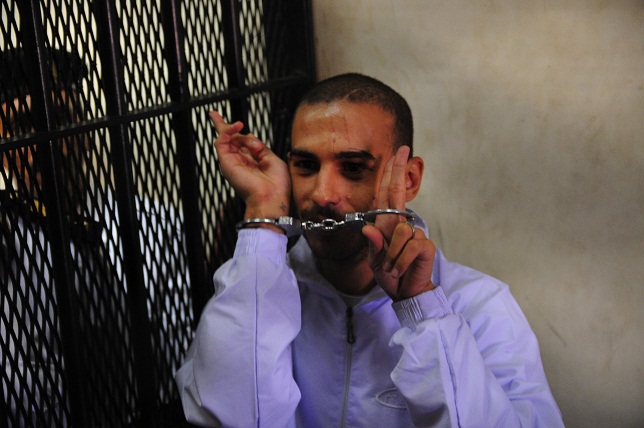Urban gardening, greener transport and energy-efficient buildings – with half of the world’s population living in cities, they will need to become more sustainable. DW looks at how this can happen.
Istanbul, Mexico City, London, New York, Cape Town – sprawling metropolises have become home to nearly 4 billion people. And they continue to grow – over the next three decades, urban populations are expected to increase to 6 billion.
Cities already account for around 70 percent of global energy consumption and greenhouse gas emissions. So if we are to keep to global climate targets, cities will have to become more sustainable.
Michael Renner of the Worldwatch Institute contributed to the 2016 State of the World report, asking: “Can a city really be sustainable?”
Deutsche Welle: What are the biggest challenges in making cities greener?
Everybody talks about the climate challenge – and that does loom larger and larger, particularly as the policy processes are very slow in trying to figure out how we deal with it.
But cities have probably all along had issues in terms of air pollution, water pollution, the concentration of waste – these issues haven’t gone away, but they are increasingly interlinked with climate. As it is, we are facing a more complex challenge.
What would you say is the biggest threat to the climate within cities?
Buildings are a very major factor. But what do you count as part of a building – is it just the building itself, or is it also the energy systems to run the buildings, or do you also count the equipment and the machinery?
Transportation is a rising factor in terms of CO2 emissions, and particularly in cities that haven’t managed to build a more diverse and broadly integrated transport system.
What can the people in the cities do to try to minimize their impact?
Making buildings – new buildings, especially in the so-called emerging economies – as green, as efficient as possible.
For countries that have a large building stock in existence already, you have to do retrofits – and retrofits can be very expensive. So that’s a matter of shaping the policies to allow people to do the right thing.
We know the solutions are – greener buildings, more efficient transportation systems and so on. But what’s tricky is for policy-makers to put in place the right incentives and mandates to make people say, “yes, not only does it make sense in an abstract sense to do that, but we are also able to do it economically, we can afford to do it.”
How can cities become more sustainable?
There’s certainly a need to learn from past mistakes to try to not repeat them. With buildings, don’t put up inefficient structures that hem you in for 20-to-50 years or more, because these are long-lasting structures that will not disappear very quickly.
Or with transportation systems for example, don’t build your system around the private automobile. In poorer countries, only a very small portion of your population can afford that anyway, so everybody else will be left stranded or be left to deal with the air pollution.
If you look at a city like New Delhi in India, you see that very graphically, where you have more and more cars and air pollution and you have all the poor people basically walking alongside very busy, dirty streets. So it’s bad not just from a broader climate point of view, but also the point of view of individuals having to survive in the city.
It sounds like making cities sustainable is expensive. Does that mean this is an aim that is out of reach for cities in developing countries?
The economics remain important, but you can look at the examples in various Latin American countries for example, where cities have more and more taken up this concept of Bus Rapid Transit (BRT), which has proven to be very successful in many Brazilian cities and other Latin American cities and actually has spread to other continents worldwide.
BRT is a system that ensures that buses have a separate corridor right of way, easy boarding, and you buy a ticket before you board. It’s very easy getting on and off the bus and so they become very popular with people because they work very well. They provide a service, they’re attractive.
And that’s maybe the other thing, in addition to economics – things have to be sufficiently attractive for people to be something that you want to do. That’s true for any person in any city in the world.
So how should cities be implementing these changes?
The reality for many cities is that they have limits in what they can do, like legal limits, and they also have financial issues. So there needs to be more coordination among different ministries, different levels of governments – and there needs to be a financing system that allows cities to do the kinds of things that we all know actually make sense.
Michael Renner is a senior researcher specializing in the connections between environment and society at the Worldwatch Institute, an independent research organization based in Washington, D.C. that works on energy, resource, and environmental issues.
Interview: Louise Osborne

